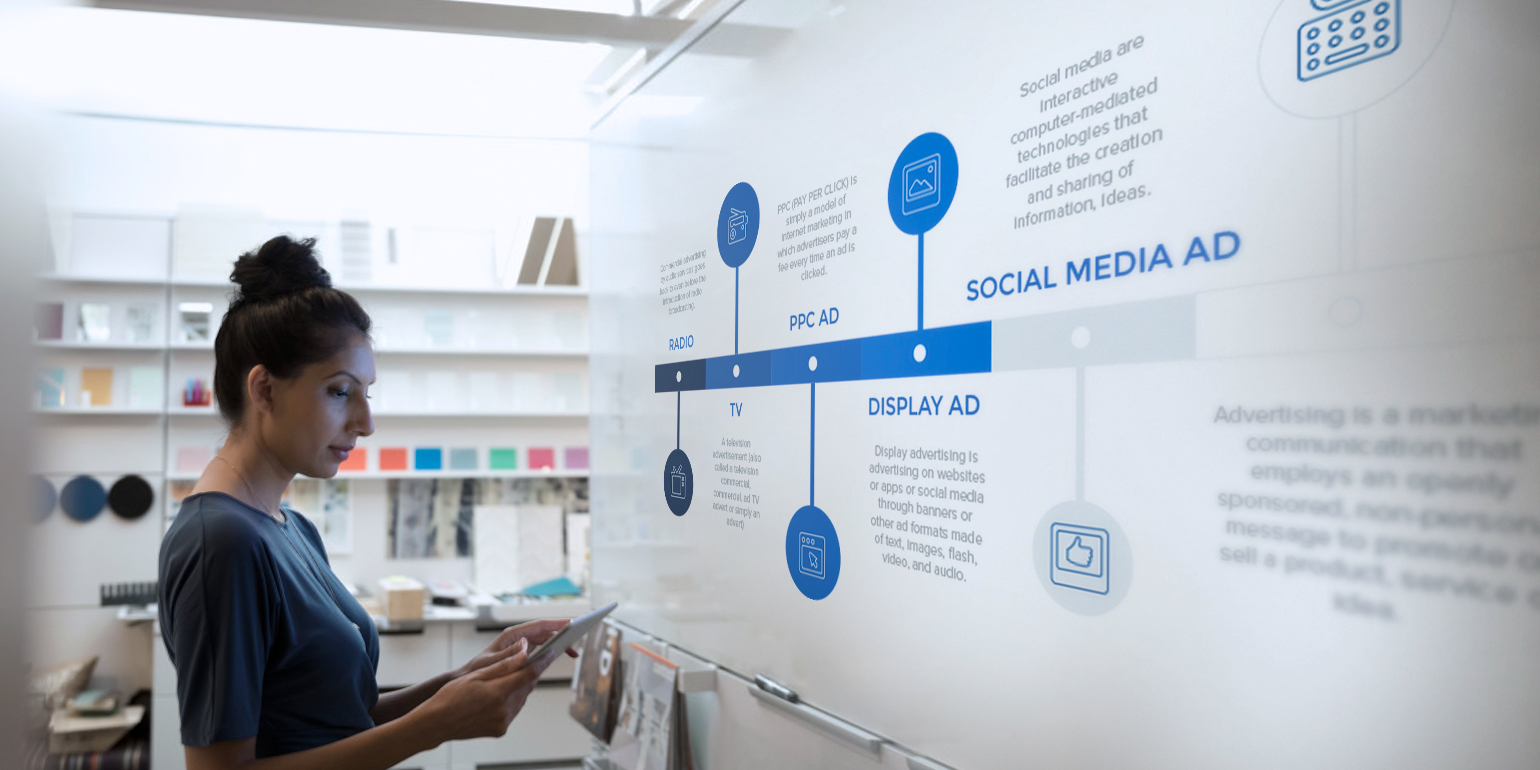As is the case with standard, static billboards, outdoor digital billboards have the same dimensions. A poster, measured 12 feet by 24 feet, is the most common form of advertisement, followed by the bulletin, which measures 14 feet by 48 feet. Hundreds of light-emitting diodes (LEDs) are used in these billboards to produce the picture. As with outdoor billboards, the LED displays used indoors are similar to those found on outdoor billboards. Just like computer monitors and televisions, digital billboards indoors use liquid crystal displays (LCDs). Billboards indoors are usually mounted to walls or posts.
They Work in a Certain Way
A small computer connected to the digital billboard serves advertising images to the display screen. Ad agencies can access the billboard computers remotely via wireless cellular phone networks in order to update advertisements displayed on these billboards. Digital advertisements are created electronically and then uploaded to any display using a computer. A billboard can display advertisements for up to ten seconds, and eight businesses might share the same billboard.
These Items Are Priced At
A typical LED display with a size of 14 feet by 48 feet costs $290,000 for advertising agencies, according to Sign Industry magazine. Due to both the higher initial investment for the agency and the increase in technology demand, advertising rates are higher. Businesses usually spend between $1,200 and $10,000 per month on digital advertisements. There might be additional design costs involved. Many advertisers have been able to lower their digital advertising costs by using computer design software.
Among the Benefits
The flexibility of digital billboards can save time as well as money. The digital billboard is completely computer-controlled, rather than having to be printed, pasted, and removed by hand as with traditional billboards. This allows advertisers to change billboards frequently and provide time-sensitive information to their customers more quickly. Public safety announcements can be displayed on billboards by law enforcement agencies or retail outlets can advertise daily sales.

Insufficiencies
These digital displays come with several advertising limitations. The limited color capability of LEDs means that fine lines and shading are difficult to accurately display. Furthermore, digital billboards display more than one advertiser per location, which complicates exclusivity. Small businesses with limited budgets may have a problem with online billboard fees, which are sometimes double the price of a traditional billboard.
Regulations and Restrictions
Legislation governing digital signs differs between states and localities. The use of digital billboards has been prohibited or restricted in some cities due to the perceived distraction caused by the signage. A number of municipalities have also restricted digital signage in order to reduce visual blight. The U.S.
According to the Department of Transportation, digital billboard rental service is acceptable roadside advertising.
Buying From the Best Places
The three largest players on the digital billboard market are CBS Outdoor, Clear Channel, and Lamar. Several local businesses have also entered the fray, with companies such as Norton Outdoor Advertising of Cincinnati, Ohio, and Silicon View of Palo Alto, California attempting to capture a piece of the lucrative digital display market. There is a list of digital billboard advertising companies in the Media Marketplace maintained by OAAA.

